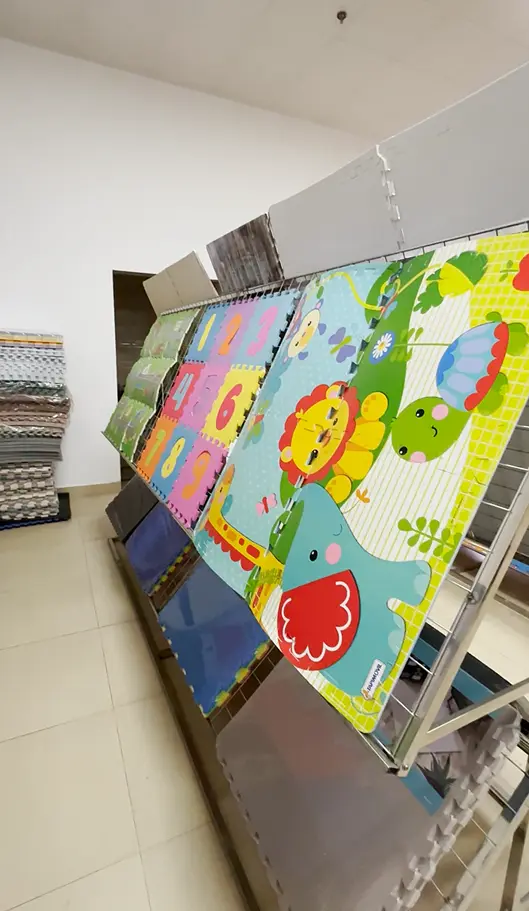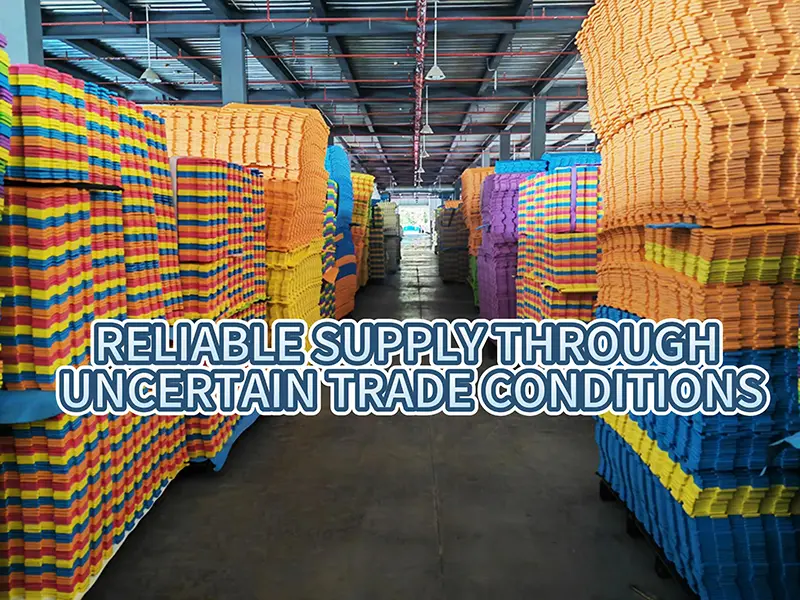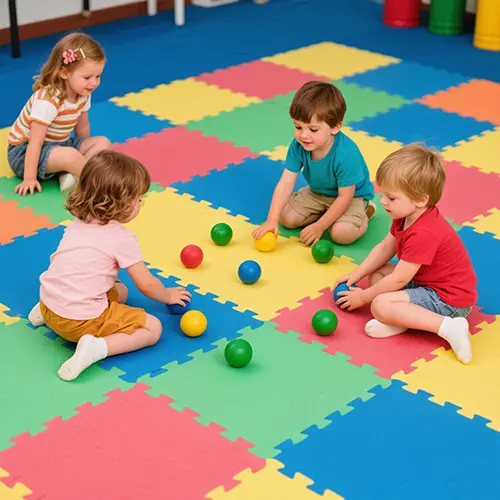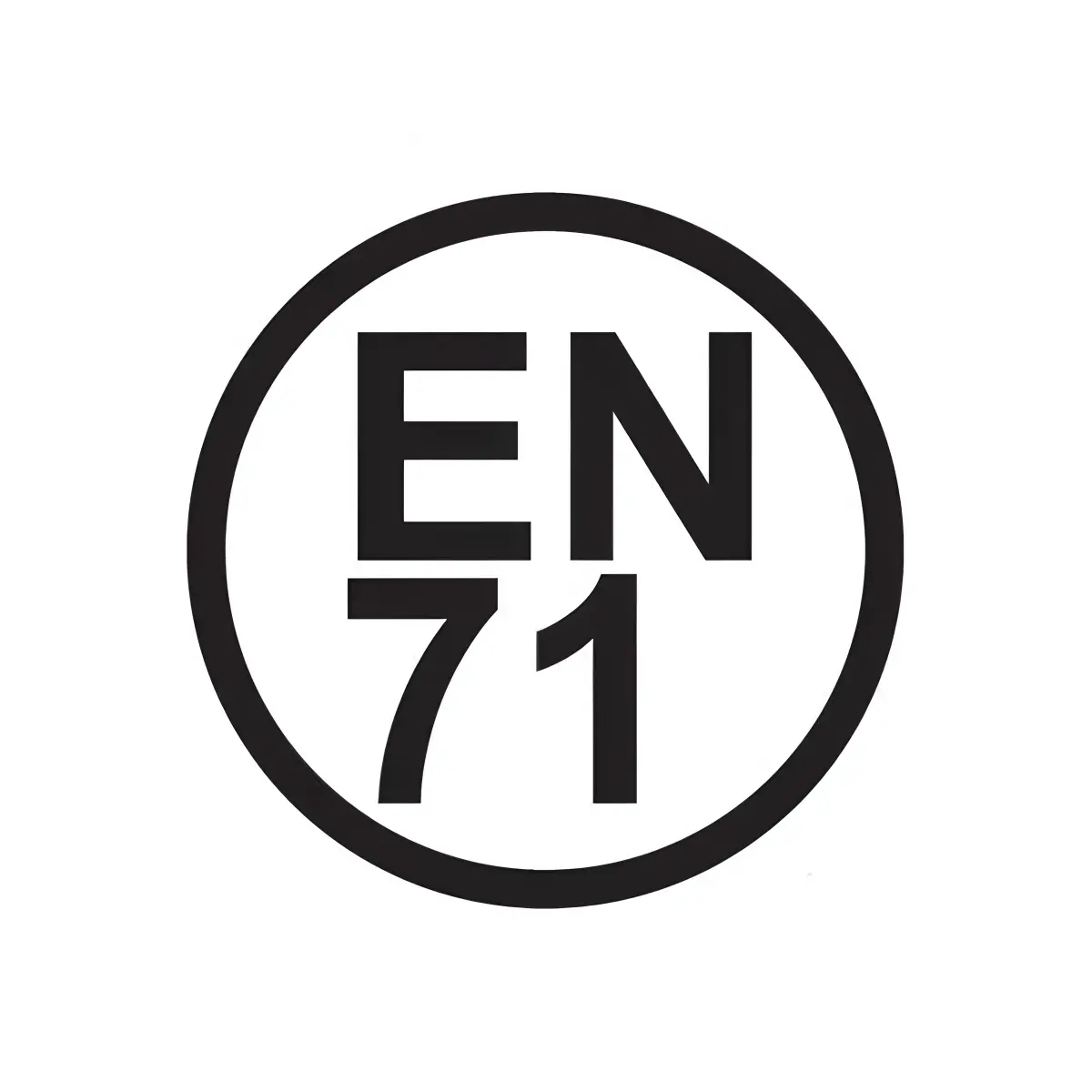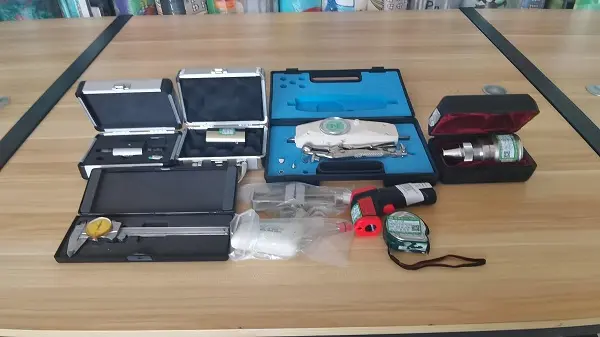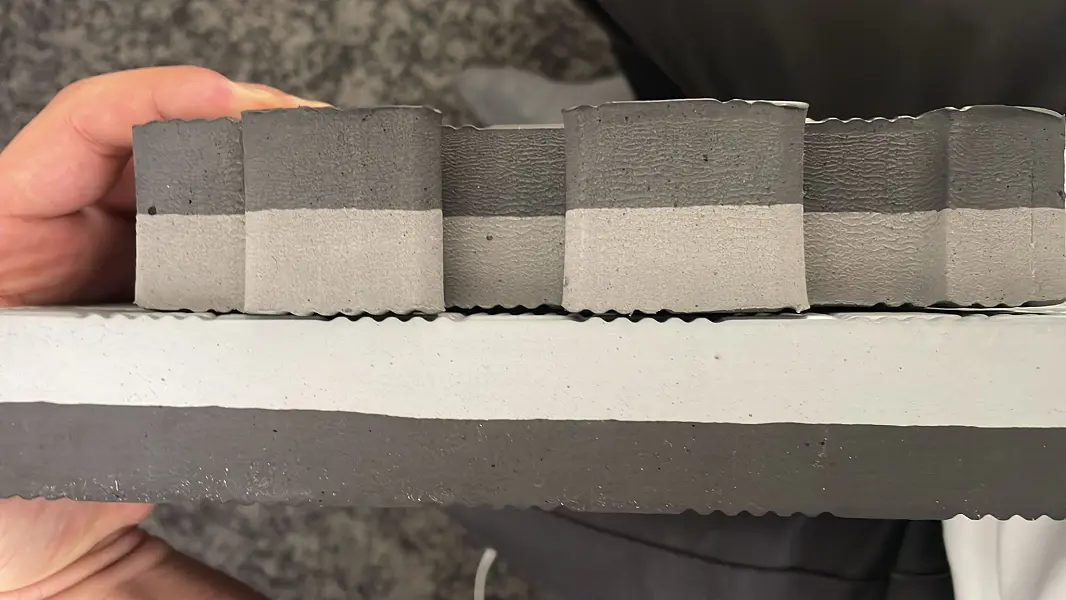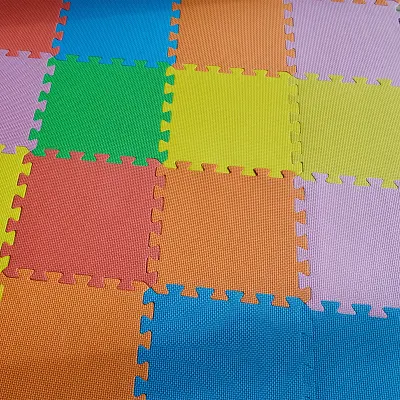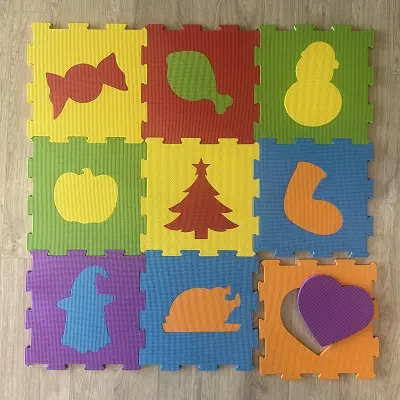How to Choose Puzzle Mat Colors Using Color Psychology: A Step-by-Step Guide
Choosing the right color for your puzzle mat goes beyond mere looks. Colors affect our mood, our energy and even our performance. Especially for puzzle mats used in playrooms, gyms or as a safe surface for children's areas, the choice of color can play a crucial role. Color psychology explains how different colors can influence our subconscious and specifically enhance our emotions, productivity and even our well-being. In this blog post, we help you find the best color for your needs.
Why colors are important: A brief overview of color psychology
Colors have the ability to create moods and evoke subconscious reactions. For example, warm colors such as red and orange can have an energizing effect, while cool tones such as blue and green are calming. This is because each color has a certain psychological association that is deeply rooted in us. Choosing the right color for your puzzle mat can therefore specifically support certain emotions and behaviors - a particularly valuable quality when using puzzle mats for children, for relaxation or for motivational training.
Which colors for which purpose?
Here are some colors and their effects that can help you choose the right puzzle mat for your needs:
- green - balance and harmony
Effect: Green stands for nature, harmony and balance. It promotes a feeling of freshness and relaxation and has a calming, grounding effect.
Who it is suitable for: Green is ideal for play areas as it has a relaxing effect and at the same time does not make you tired. Green can also be a good choice in fitness rooms to create a calm yet energetic atmosphere.
- blue - calming and concentration
Effect: Blue is a color that radiates calm and serenity. It can lower blood pressure and slow the pulse, making it the ideal choice for relaxation rooms or quiet play areas.
Suitable for whom: If you're looking for a puzzle mat for a meditation room, yoga studio or quiet play area, blue is a perfect choice. Blue is also beneficial in children's areas designed to encourage concentration.
- red - energy and passion
Effect: Red is the color of power and passion. It stimulates the body, can increase the heartbeat and is often associated with dynamism and drive.
Who it is suitable for: In a fitness area or a room where there is a lot of movement, red can help to keep energy levels high. However, too much red can also trigger stress, so it is ideal in smaller, accentuated amounts.
- yellow - creativity and positivity
Effect: Yellow is the color of the sun and stands for joy, optimism and creativity. Yellow colors can boost self-confidence and promote motivation.
Who it is suitable for: Yellow is well suited to play spaces and areas where creativity is to be encouraged. It is particularly popular in children's playrooms and can have a positive effect on mental well-being.
- orange - sociability and friendliness
Effect: Orange has an inviting, warm and stimulating effect. It promotes communication and togetherness and has a cheerful radiance.
Who it is suitable for: In children's areas and playrooms, orange creates a friendly and lively environment. Orange is also an appealing choice for puzzle mats in communal areas or studios to encourage interaction.
- gray and neutral tones - elegance and focus
Effect: Neutral colors such as gray and beige look simple and elegant and are not distracting. They can have a calming effect and are therefore well suited if you prefer a low-key atmosphere.
Suitable for whom: Neutral colors are perfect for puzzle mats in gyms or workspaces where concentration is required and you want the mat to blend in unobtrusively.
- purple - creativity and spiritual depth
Effect: Purple is often associated with spirituality, mysticism and creativity. It can have a calming and inspiring effect at the same time.
Suitable for whom: If you are looking for a puzzle mat for a meditation or yoga room or want to encourage creativity and reflection, purple is a suitable choice.
Tips for choosing the color of your puzzle mat
Determine the aim of the room: Think about what mood or activity is the main focus. A different color is suitable for a training room than for a children's area.
Combination of Colors: You can also combine different colors. This creates variety and can create a lively atmosphere for larger areas such as playrooms.
Test the effect in the room: If possible, test the color in your room first - either with color samples or a virtual representation. This will give you a better idea of how the color will look under the respective lighting.
Conclusion: make targeted use of the color selection
The color of your puzzle mat has a far-reaching influence on the room atmosphere and the well-being of the people who use the room. Color psychology gives us important clues as to how colors affect our subconscious and can promote certain emotions and behaviors. Whether calming, energetic or creatively stimulating - by consciously choosing colors, you can design the room specifically for your needs and get the best out of your surroundings.




